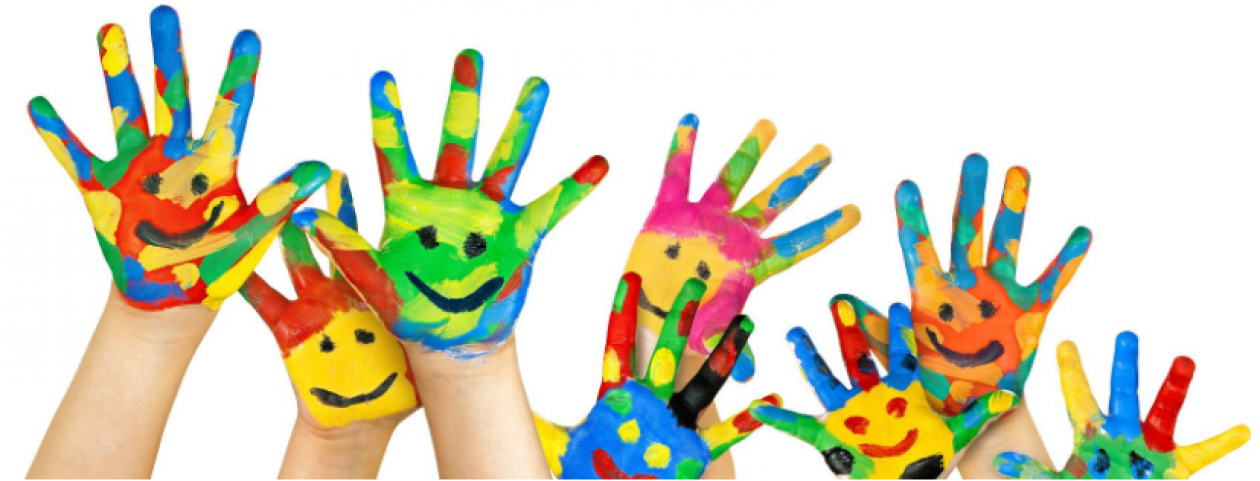Find a dark corner of your home or make a DIY den and use torches to let your wee ones explore light and dark, shadows and silhouettes.
What you need:
• A dark corner or DIY fort or den
• Some torches or other lights
• A music player
What to do:
1. To begin, you’ll need a dark corner of your house, or use some blankets and chairs
to create a makeshift fort or den.
2. Let your wee one
experiment with dark and light,
turning the torches on and off. They can
also look at the silhouettes they create
and the shadows their bodies can make.
3. To add a new layer to the activity, take
a music player in with you and see if your wee one is interested in moving the light and dark shapes in time to the music.














